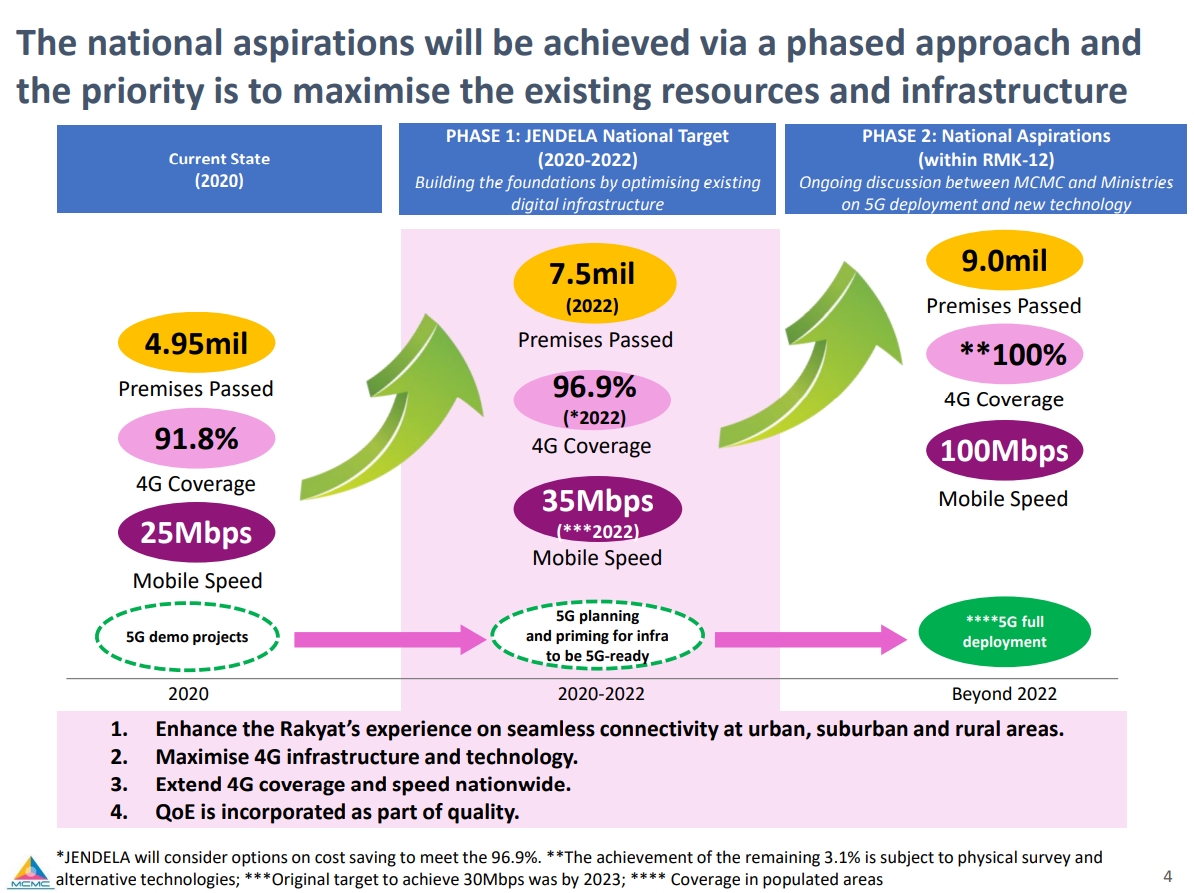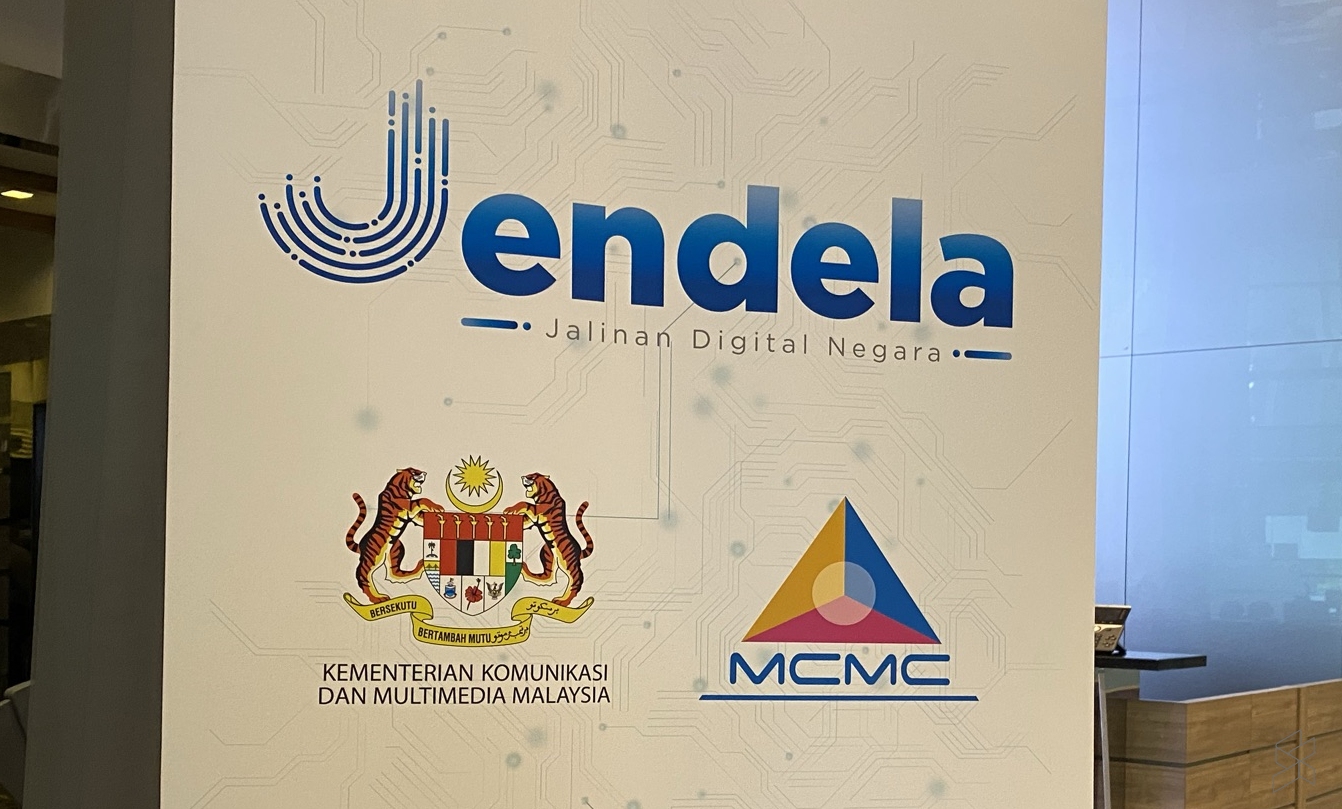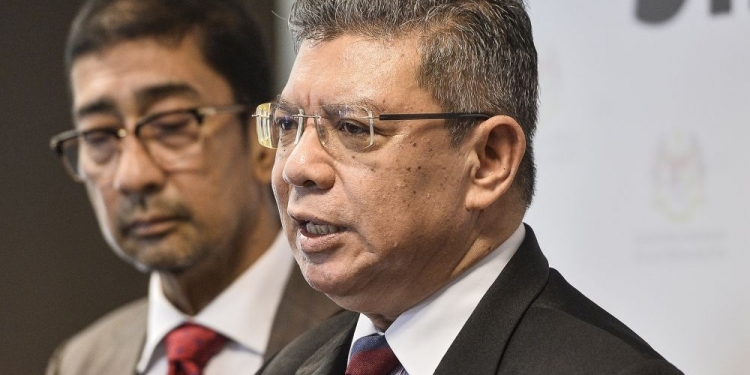Minister of Communications and Multimedia Saifuddin Abdullah has announced that the JENDELA plan which is aimed at improving 4G coverage and to increase the number of fiberised premises is on track and it is now accelerating 5G deployment from 2022 to 2021.
When JENDELA was first announced, the goal was to increase 4G population coverage from 91.8% to 96.9%, upgrade average mobile broadband speeds from 25Mbps to 35Mbps and to increase the number of premises with fibre broadband access from 4.95 million to 7.5 million by 2022. The improved 4G coverage and the increased fiberisation were meant to serve as a strong foundation for 5G deployment.

According to Saifuddin, due to the importance of 5G, the 5G rollout which was supposed to being in Phase 2 under JENDELA will be fast-tracked by a year and it will be delivered by the end of 2021.
The MCMC will provide a progress update in the JENDELA Q2 report which will be released tomorrow. The report will contain the latest achievements which include new developments and upgrading of existing sites, engagement sessions with state governments on the application of Communications Infrastructure Planning guidelines to prepare land for new infrastructure deployment and monitoring of resolution of connectivity complaints by service providers.
Saifuddin said RM21 billion under the MyDigital plan will be invested over a period of 5 years. RM3.2 billion from the allocation will be spent this year through JENDELA in non-commercial areas to improve existing connectivity.
Submission of JENDELA Phase 1 proposal was closed last week

It is worth pointing out the MCMC had issued a revised invite for JENDELA Phase 1 in January 2021. Interested and eligible licensees had to submit their draft universal service plans by 31st March 2021, which was last week. MCMC has yet to announce the award of the JENDELA Phase 1 projects. We will find out more during the MCMC’s media briefing tomorrow.
Phase 1 will cover a total of 1,661 locations in 106 clusters throughout Malaysia. Under the plan, telcos will have to deliver average 4G speeds of 35Mbps and they are free to use their existing spectrum to provide coverage. The scope of work is split into two parts – Part 1 for passive infrastructure which include site acquisition and infrastructure, and part 2 for active infrastructure which involves installation of network equipment and interoperability with other telcos.
====
Editor’s note: MCMC has clarified that JENDELA Phase 1 is still targetted for end-2022. The only area that’s expedited is the 5G rollout under Phase 2. We have updated the post to reflect the actual situation.
[ SOURCE, IMAGE SOURCE ]








